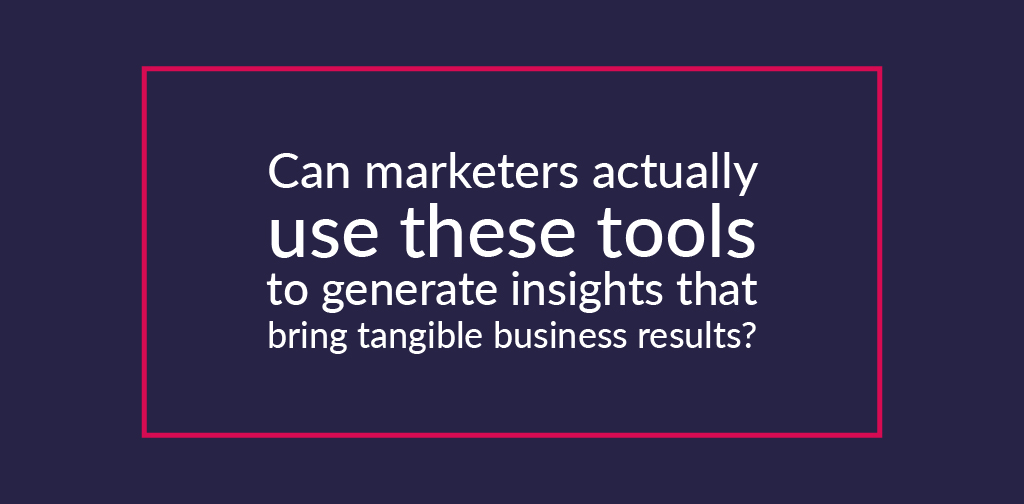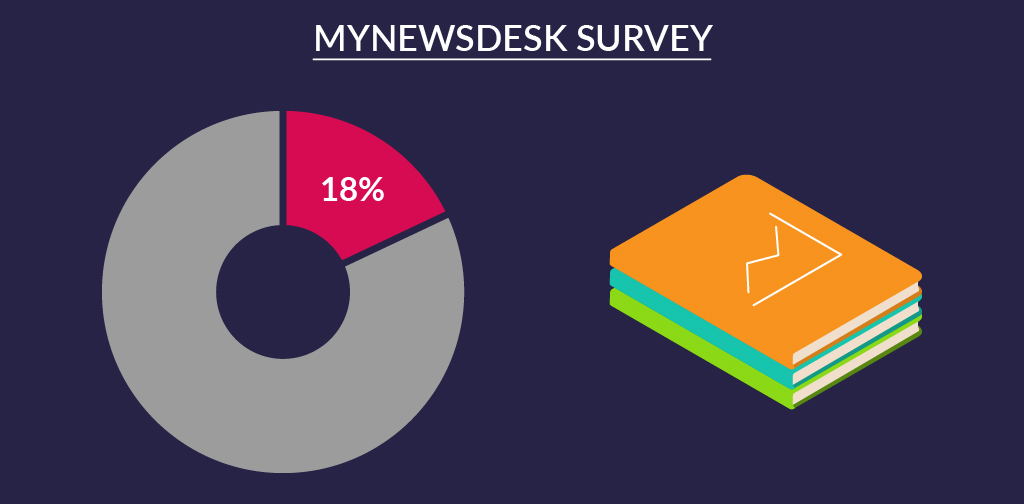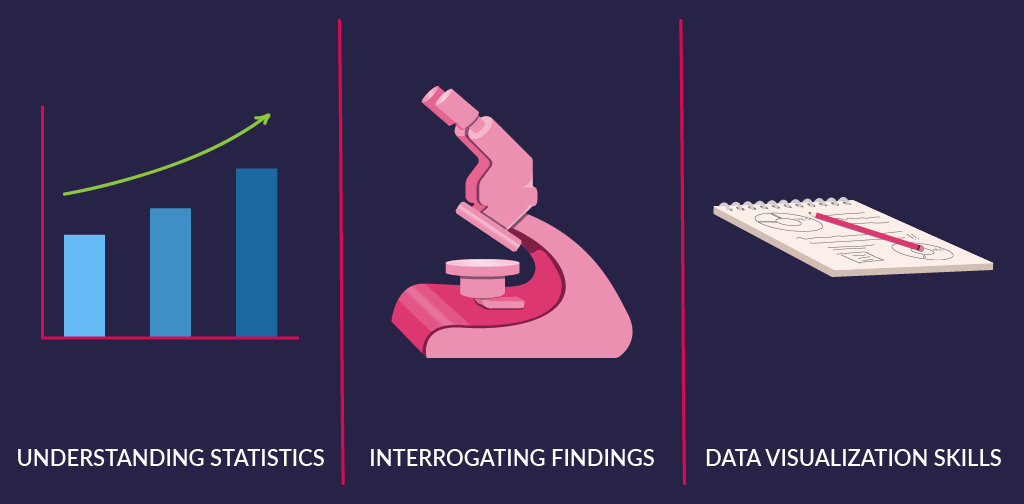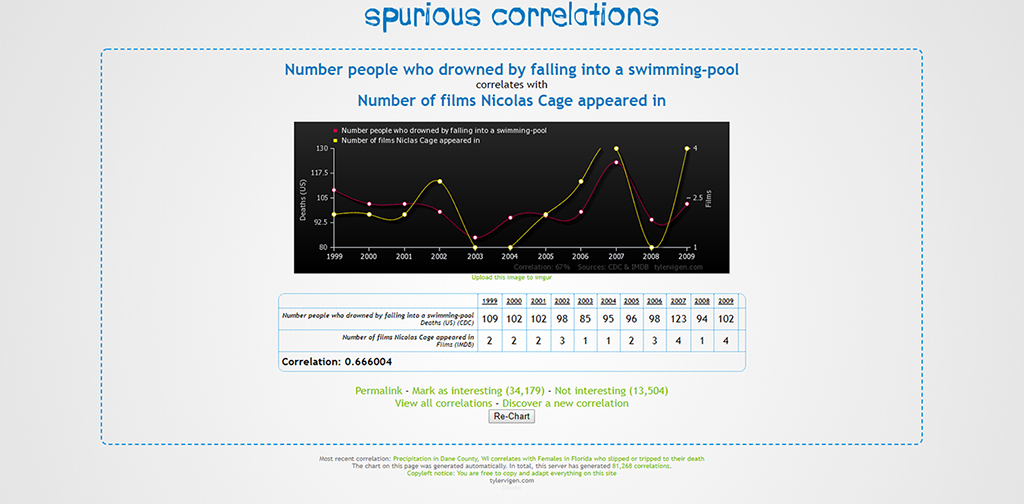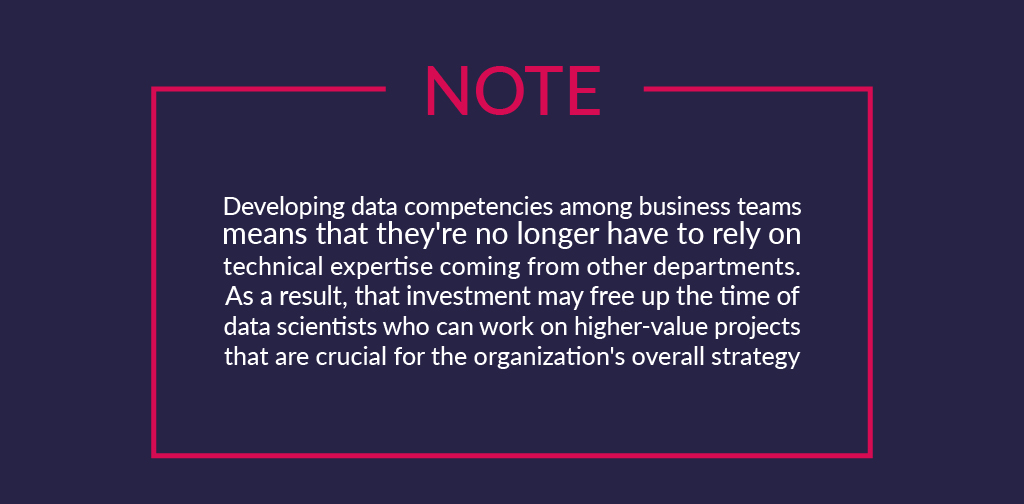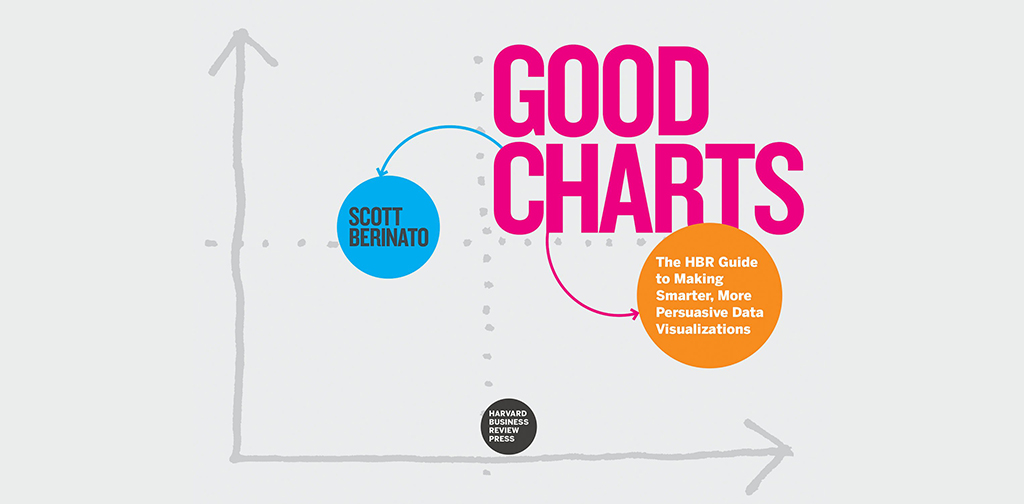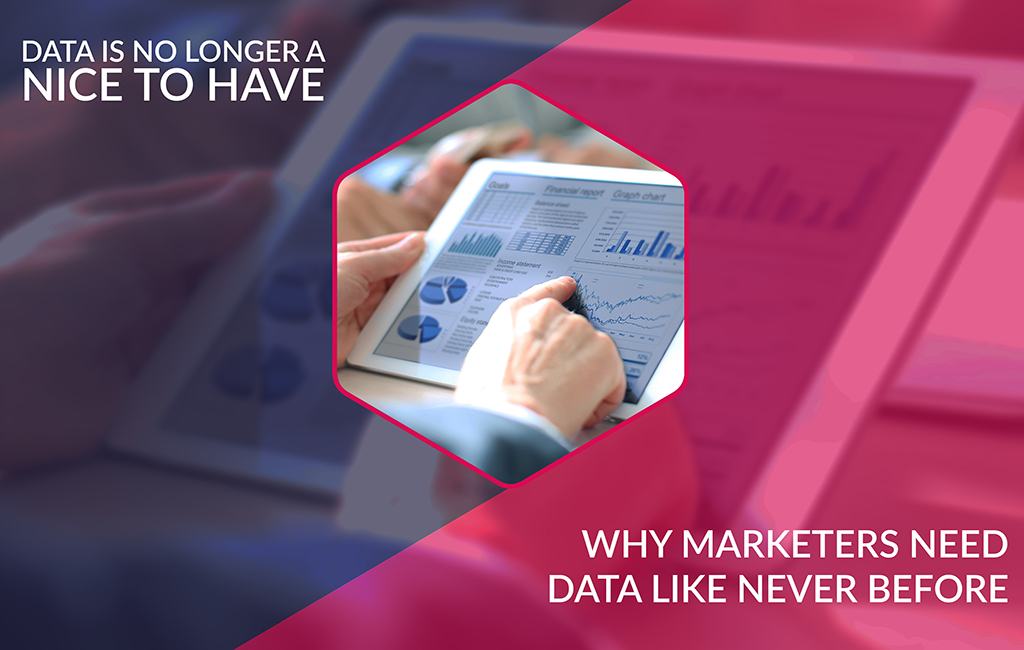
Table of content:
During the last decade, companies across all industries have been investing in marketing analytics solutions. Tools for predictive analytics, data visualization, and performance management are today a common addition to any marketing team.
All these solutions are there to help marketers discover insights from massive quantities of data and put them into action when creating marketing strategies. But sometimes, these self-service tools end up becoming inaccessible to marketers who often lack the quantitative and analytical skills to make sense of the insights.
That’s why many organizations are now asking this question:
A recent survey from Mynewsdesk gathered responses about the use of analytics tools from over 1000 marketers, PR professionals, and business owners.
Here’s what they discovered:
Only 18% of the respondents consider themselves as having a high degree of data literacy. Note that the average for marketers was only 19%!
Remember that in the survey, data literacy was interpreted as an assessment of data presentations, not as data expertise. Data literacy refers to the ability to extract meaning and insights from data. A data literate person is comfortable interpreting visualizations, analyzing data presentations and recognizing when data is being used to mislead others.
Now you see why data literacy is so important in marketing. And why the survey presents such troubling results.
If only one in five marketers feels comfortable interpreting data graphics and understanding when data presentations might be misleading, does it make sense for companies to invest in analytics tools?
Read on to find out more about the problem of data literacy in marketing and learn how to improve data skills of your team.
What prevents marketers from becoming more data-driven?
Most of the time, the reason is simple: lack of time. This factor earned the highest spot in the survey. Time was followed by lack of skills and budget. Finally, some marketers pointed to the lack of strategy for making data-driven decisions. However, it’s essential to read between the lines here.
If you look at the responses, you’ll see that most of the respondents didn’t give any these reasons even a half of their votes. What does that mean? Basically that none of these factors act as a decisive blocker between marketers and data-driven decision-making.
It means that becoming more data-driven isn’t a priority for marketing teams.
Essentially, the study shows that the wide availability of analytics tools that are continually evolving doesn’t mean that teams deploying them have the skills to interpret these rich reports and visualizations. It means that organizations aren’t taking full advantage of their data instruments. In some cases, they might be even misled by data insights.
Interestingly, Gartner predicted that the growing gap of knowledge already in 2018.
The explosion of analytics tools and the dwindling number of professionals who know how to use them proficiently is one of the most significant problems in business today.
It’s not enough to provide access to data and specialized tools. Self-service initiatives often don’t bring as the results they could because the experience and skills of business users vary widely within organizations.
To make the most of self-service applications, companies need to introduce training, support, and onboarding processes dedicated to growing data literacy. Only then they stand the chance of producing meaningful output from their tools.
What data literacy is and how to make it work
In marketing, data literacy comes in three different variants: it’s about understanding basic statistics, knowing how to interrogate findings, and having the skills for visualizing data.
- Understanding statistics – marketers who don’t feel confident about their math skills usually struggle with statistics. But understanding statistics means that they can understand the basic statistical concepts and see when researchers misuse them.
- Interrogating findings – understanding basic statistics is just the first step. The next one is learning how to interrogate findings. It’s not enough to use fancy analytics dashboards and produce detailed summary reports. Marketers need to question what they see. Do all the results make sense? If there is a change, perhaps there is a hidden factor influencing it? How else can we explain the change? Is that result too good to be true? What else should we be tracking? Marketing teams need to be asking these questions regularly because investment in analytics technology isn’t enough.
- Data visualization skills – finally, understanding how to visualize data is vital for marketers who need to get buy-in from their supervisors for their marketing campaigns and other activities. Visualizations can have an impact on decision-making internally, but the skills also come in handy for presenting information to external audiences. That’s why data visualization is so important for marketers.
Making informed decisions is the priority of every company today. In fact, organizations often introduce internal programs to help empower employees to make data-driven decisions and avoid making mistakes. Correlation doesn’t imply causation is one we should all remember.
For example, Airbnb opened its Data University to help employees build their own dashboards and develop localized solutions using data. Participants in the program can explore data on their own and use tools to start measuring their work. As a result, Airbnb has seen tangible improvements in the productivity of its staff and the quality of work they deliver.
Start educating your team right now
Naturally, not every organization can build an internal data training program or university. But just because you’re running on a smaller budget, it doesn’t mean you can’t educate your staff about data.
Here are a few books you can add your company library that will have a significant impact on how your marketing team uses data in their work.
Naked Statistics by Charles Wheelan – this book is an excellent starting point for understanding how data visualizations work. The author uses examples from the news and business which are both good and bad to teach the readers about various concepts and tricks behind statistical representations. It’s an excellent resource for beginners but also an interesting book for more advanced users.


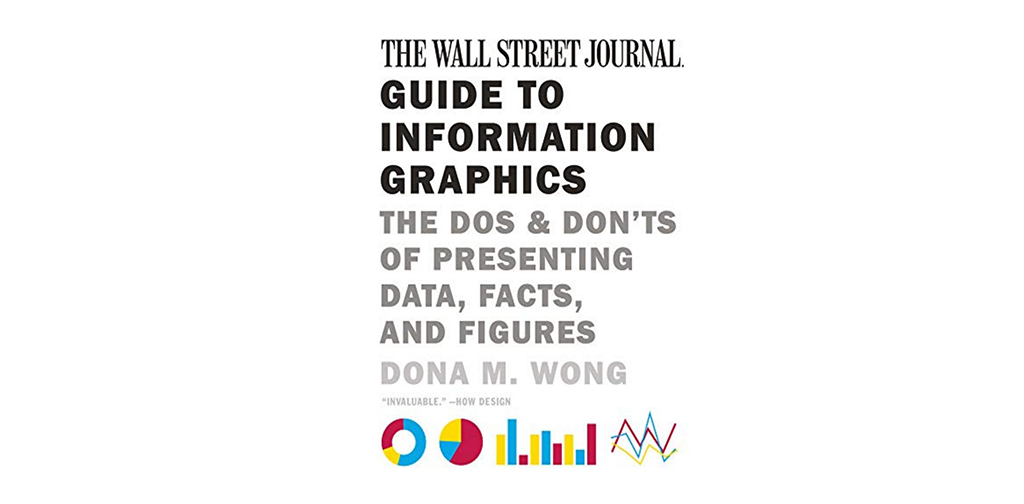
How to implement that knowledge? Create a book club where you discuss a specific book chapter every week and summarize key points together. You can also ask team members to prepare presentations about books they’re currently reading and create a series of internal lectures where they present their findings.
Key takeaway
Promoting data literacy is what all marketing teams need to prepare themselves for the future. After all, what’s the point of investing in fancy analytics tools if your team can’t use them to their advantage? Or worse, you might be making data-driven mistakes that derive from your team’s lack of preparation in interrogating insights!
Take a closer look at how your marketing team uses data and ask yourself whether there’s room for improvement. Data-driven decision-making is the way to the future, so it’s critical that you promote data literacy skills in every team that wants to contribute to the organization’s overall business goals.
Are you wondering how to foster data literacy in your marketing team? Or perhaps you have already tried out a few tactics and want to share your experience?
Please share your thoughts in the comments to help marketers build data literacy programs and create high-performing marketing teams.

